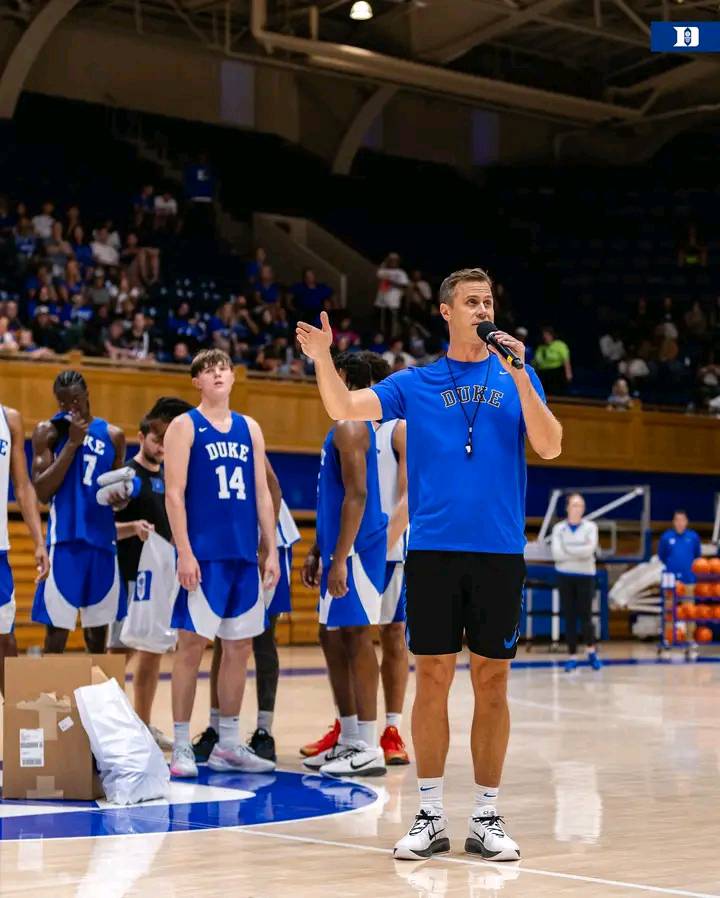Alabama’s Offensive Line Undergoes Notable Shakeup as Practice Observations Reveal Emerging Trends and Fierce Competition in Fall Camp
As fall camp presses forward in Tuscaloosa, one unit under the microscope more than any other is Alabama’s offensive line. Often referred to as the engine room of any football team, the offensive line has long been a point of pride—and pressure—for the Crimson Tide. Historically producing first-round picks, road-grading run blockers, and technically sound pass protectors, the standard for the position group is nothing short of excellence. But this fall, early practice observations indicate that change is in the air. A notable shakeup has taken place within the offensive line, sending a message that no spot is safe, every rep is being scrutinized, and the coaching staff is determined to get the best five players on the field regardless of status, class, or past reputation.
The reshuffling began subtly, with small tweaks to the lineup during early drills and walkthroughs. But as padded practices ramped up, it became clear that the staff was not tinkering—they were evaluating with intensity and purpose. One of the first changes that stood out was the reconfiguration of the interior offensive line. Returning veterans who were once considered near-locks for starting roles found themselves rotating in with second units. Younger players, some of whom had yet to see meaningful game action, were elevated to the first team in several drills. The message? Earn it.
One of the key figures in this evolving puzzle is Parker Brailsford, the transfer from Washington who arrived with not just experience, but familiarity with head coach Kalen DeBoer’s offensive system. Brailsford’s ability to read defensive fronts, communicate effectively, and anchor in pass protection has given him a significant boost in a crowded competition at center. While James Brockermeyer was the presumed frontrunner heading into camp, Brailsford’s sharpness and leadership have not gone unnoticed. He’s been spotted taking a majority of first-team reps at center, often serving as the linchpin in drills focused on timing, blitz pickup, and quarterback-center exchange. His emergence could shift the entire dynamic of the line.
Another developing story is the placement of true freshman Casey Poe, who has become one of the breakout performers of camp. Widely regarded as one of the top offensive line recruits in the country, Poe has shown maturity beyond his years. His footwork, pad level, and understanding of leverage have impressed both coaches and teammates alike. While it’s rare for a true freshman to crack the starting five at Alabama, Poe is making a legitimate push. He’s rotated in at both guard spots and has even seen snaps with the first-team offense in live periods. The coaching staff clearly sees his potential and is testing his readiness by throwing him into high-pressure scenarios during practice.
At the tackle positions, JC Latham remains the rock on the right side. A projected first-round NFL Draft pick, Latham’s role as the leader of the group has only grown. He sets the tone in individual drills, often staying after practice to fine-tune his punch and footwork. His dominance in one-on-one pass rush drills has served as a reminder that Alabama still possesses elite talent at the edges. However, the left tackle position remains fluid. Elijah Pritchett, who has been battling for the spot since last season, has seen both good and shaky reps. He’s being pushed hard by redshirt freshman Kadyn Proctor, who transferred back to Alabama after a brief stint elsewhere. Proctor, once a top-five recruit, has flashed raw power and aggressiveness, but consistency remains the key. The battle at left tackle is far from settled, and the coaching staff is taking a long look before making any decisions.
Perhaps the most telling practice observation is how the coaching staff is utilizing rotations. Rather than settling on a starting five and building cohesion early, they’ve opted for constant movement. Each day of practice seems to feature different combinations. One period may see a veteran-laden front five; the next period could feature a blend of underclassmen and transfers. The approach is deliberate. Coaches are watching how each player responds to adversity, whether they communicate effectively with different teammates, and whether their technique holds up when fatigued. This trial-by-fire method is not about chaos—it’s about clarity. By the time Alabama takes the field in Week 1, the coaching staff wants no doubt about who deserves to start.
Another important observation is the emphasis on tempo and conditioning. Offensive line coach Chris Kapilovic has pushed his group hard, demanding not only technical execution but also endurance. In today’s college football landscape, linemen must be able to execute rapid-fire sequences without losing leverage or pad discipline. Alabama’s linemen are running more between reps, practicing quick set-and-go sequences, and working through extended install periods without lengthy breaks. The goal is to simulate game tempo and ensure that mental lapses don’t derail drives in the fourth quarter.
Pad level has also been a point of emphasis. During individual drills, coaches have frequently stopped reps to correct posture and hand placement. In scrimmage periods, players are being graded not only on their assignment execution but also on their finish. Pancake blocks are celebrated, but only if the fundamentals are correct. Missed assignments or penalties are met with immediate corrections and sometimes even extra reps. The tone in practice is serious and businesslike, underscoring the importance of the offensive line’s role in determining the team’s offensive ceiling.
Communication remains a work in progress. With new quarterbacks rotating through and a new offensive coordinator implementing his system, the offensive line must act as the glue that holds the unit together. The center is responsible for identifying fronts and making protection calls, while the guards and tackles must adjust on the fly based on blitz indicators and shifting alignments. There have been moments in practice where communication breakdowns have led to free rushers or delayed handoffs. But there’s also visible improvement. Each misstep is corrected, often in real time, and the urgency from players to fix their mistakes suggests a group that is locked in.
Veteran presence is helping guide the transition. Players like Tyler Booker are stepping into more vocal leadership roles, helping younger players align, encouraging effort, and maintaining the standard of toughness that Alabama expects. Booker, in particular, has been a stabilizing presence at left guard, and his physicality has made him a tone-setter during contact drills. He’s leading by example, often being the first to finish sprints and the last to leave the field after practice.
One wildcard in the offensive line equation is the possibility of additional transfers or position switches. Coaches are known to experiment during camp, sometimes moving defensive linemen to the offensive side or exploring different combinations to fill holes. As of now, the core candidates are clearly defined, but there’s still room for a surprise. A player buried on the depth chart today could be an essential piece by the time Alabama lines up for its season opener.
This shakeup isn’t a sign of weakness—it’s a sign of competition. Alabama’s staff isn’t content with penciling in names based on recruiting rankings or last year’s depth chart. They are pushing every player to prove their worth. The best five will play, and the next five will be ready. It’s a meritocracy, and it’s happening in real time. Every practice rep is a job interview. Every assignment is an opportunity to climb—or slip.
As fall camp progresses, it’s expected that the rotation will begin to tighten and the eventual starters will get more consistent reps together to build chemistry. Until then, however, the experimentation continues. Each practice observation adds another clue, and the picture of Alabama’s 2025 offensive line is coming into sharper focus. It’s a group still being shaped, still being tested, but also one that’s filled with talent, size, and competitive fire.
This is the heart of what Alabama football is all about—iron sharpening iron. The offensive line shakeup may have caught some observers off guard, but inside the program, it’s business as usual. The goal isn’t just to find five players who can hold the line. It’s to find five warriors who can dominate, communicate, and impose their will on SEC defenses. Judging by the intensity of practice and the hunger on display, that process is well underway. The final product may not be set, but the groundwork is being laid for a unit that could become a strength by season’s end. One that doesn’t just protect the quarterback, but sets the tone for the entire Alabama offense.



